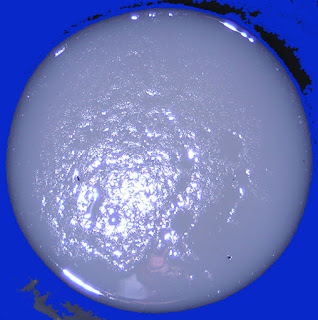Practice questions answers 2 Infectious gastroenteritis
Practice questions answers 2 Infectious gastroenteritis © Jun Wang, MD, PhD 1. F. This case is characterized by profuse watery diarrhea and signs of dehydration. The diarrhea is watery containing whitish material, forming a rice water appearance. These features are consistent with cholera . Diarrhea caused by campylobacter , Shigella and entamoeba histolytica is usually bloody. The watery diarrhea associated with enterotoxigenic e coli , giardia intestinalis or norovirus usually does not have abundant mucus in the stool, nor severe dehydration, as seen in cholera . 2. E. Low blood pressure can be caused by many factors, as those seen in shock . However, the low blood pressure in patients with cholera is associated with loss of circulating volume, resulted from fluid loss through profuse diarrhea. 3. E. While the presentations of high grade fever, frequent, small-volume bloody stools with travel history are highly suggestive of Shigella infectio...
